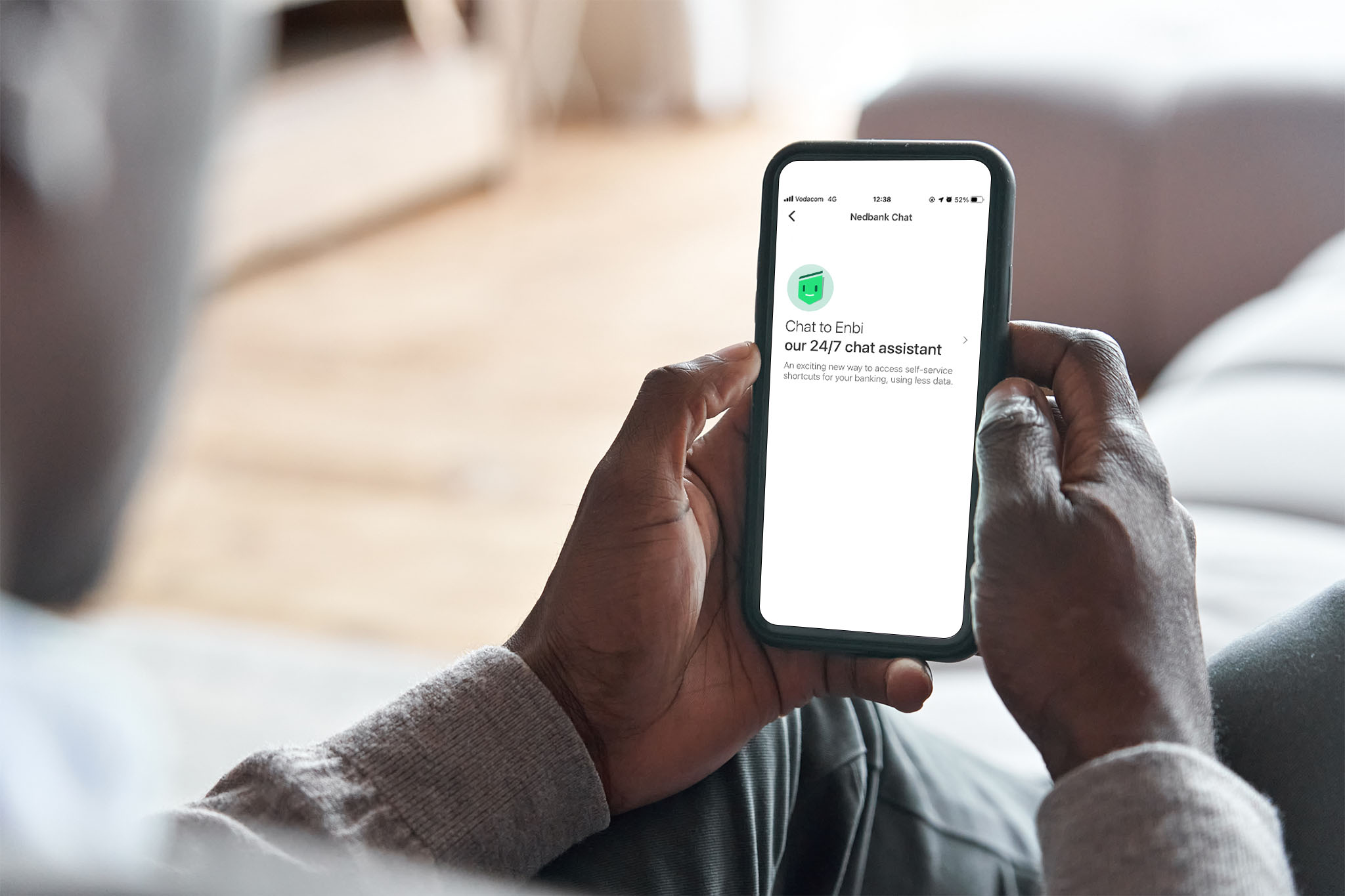Whether you call it an allowance or pocket money, giving your kids money of their own to manage every month is a good habit to get into. You want them to grow into financially savvy, responsible adults, so it’s never too early to start instilling good values regarding money management.
If you create your own personal family allowance policy, you can teach your children about responsible spending, saving and investing, to help them develop the skills they need to make informed financial decisions throughout their lives.
How to set the right allowance for kids
Determining the right amount of pocket money can be a tricky task. There is no one-size-fits-all answer, since everyone’s financial circumstances differ, as do their parenting styles. Here are some factors to consider:
- What would be a reasonable allowance for your child, according to their age, the cost of living and your family’s financial situation?
- What expenses do your kids have to cover with their pocket money?
- Do they have to ‘earn’ their allowance, whether through regular household chores, or maintaining set standards in school performance, or good behaviour?
- Speak to other parents to get an idea of what their allowance policies are, and how much they give their children.
- If you have more than one child, consider increasing the amount, and the responsibility that comes with it, according to age. For example, you may give your teenager more than their younger siblings in return for more help around the house and babysitting when needed.
- Strike a balance between what is affordable for you as a parent, and an amount that gives your child the opportunity to learn about budgeting and financial responsibility.
- Kids’ financial needs and responsibilities will change over time, so review your budget every year and adjust their pocket money accordingly.
Making money management fun
To get kids excited about saving and avoid making the process feel like a chore or punishment, it helps to have fun techniques to fast-track the learning process. Starting when they’re very young, you can make saving fun for kids by setting up a savings challenge. Challenge them to reach a certain savings goal using their allowance and give them an incentive, like a special treat if they achieve it. This treat could even be a financial bonus, like matching their savings, to introduce them to the idea of earning interest.
Modelling good financial habits is a powerful way to teach them about financial responsibility
Gaming can be an educational tool to teach kids responsibility. Monopoly is a great low-tech option, perfect for family time, to teach children the basics of income and expenditure, but also more advanced lessons like assessing the potential return on an investment in relation to its cost.
If you prefer a digital approach, online strategy games are surprisingly useful learning tools. Players must first earn or gather resources before they can spend them on various items that help them progress in the game. Different assets and abilities are more effective at different levels of the game, so they teach kids to consider their spending and prioritise their most urgent needs carefully. Free-to-play strategy games can be an excellent way to teach money management and the consequences of reckless spending, while getting them into the habit of long-term financial planning.
Chow Town, a collaboration between Nedbank and Sea Monster Entertainment on the popular Roblox gaming platform, is a game for kids aged 9 to 12 that teaches financial and business skills. While enjoying the fun of building a restaurant business from scratch, children also learn valuable money lessons.
Strategies to help your children manage their spending habits
Try to strike a balance between giving them financial freedom and teaching them responsibility. Have an open conversation with your children about the expectations and values attached to their allowance. Include them in family financial conversations when appropriate, so they understand the importance of the family’s financial plan. This approach helps them learn about money management in concrete terms that they can relate to.
Encourage them to create a budget that outlines how their allowance will be spent, including categories like short-term savings, long-term savings, spending and giving. If you can, you might continue to match specific amounts when they reach certain savings goals. This will help get them into the habit of delayed gratification to receive an even bigger reward later and help set them on the path to sensible investing. Teach them to compare prices, hunt for better deals and wait for sales to get more value for their money.
Open a bank account for your child. This gives them a safe place to store their money and learn about the basics of banking and cybersecurity at the same time. Consider using a specialised account like MiGoals4Kids, for kids under 16, which offers free card swipes and educational content.
From time to time, review your children’s spending habits with them and discuss their purchases. Help them reflect on their money management and discuss adjustments if needed.
Raising money-savvy kids
Teaching children about money through strategies like setting up a savings account, allowing them to earn money, providing educational games and getting them to set financial goals can give them a sense of independence and sharpen their financial skills.
Kids learn best by example. Leading by example and modelling good financial habits is a powerful way to teach them about financial responsibility and encourage them to become more financially savvy too. Ultimately, the goal is to give your children the tools they need to achieve financial independence and set them up for a successful future.








